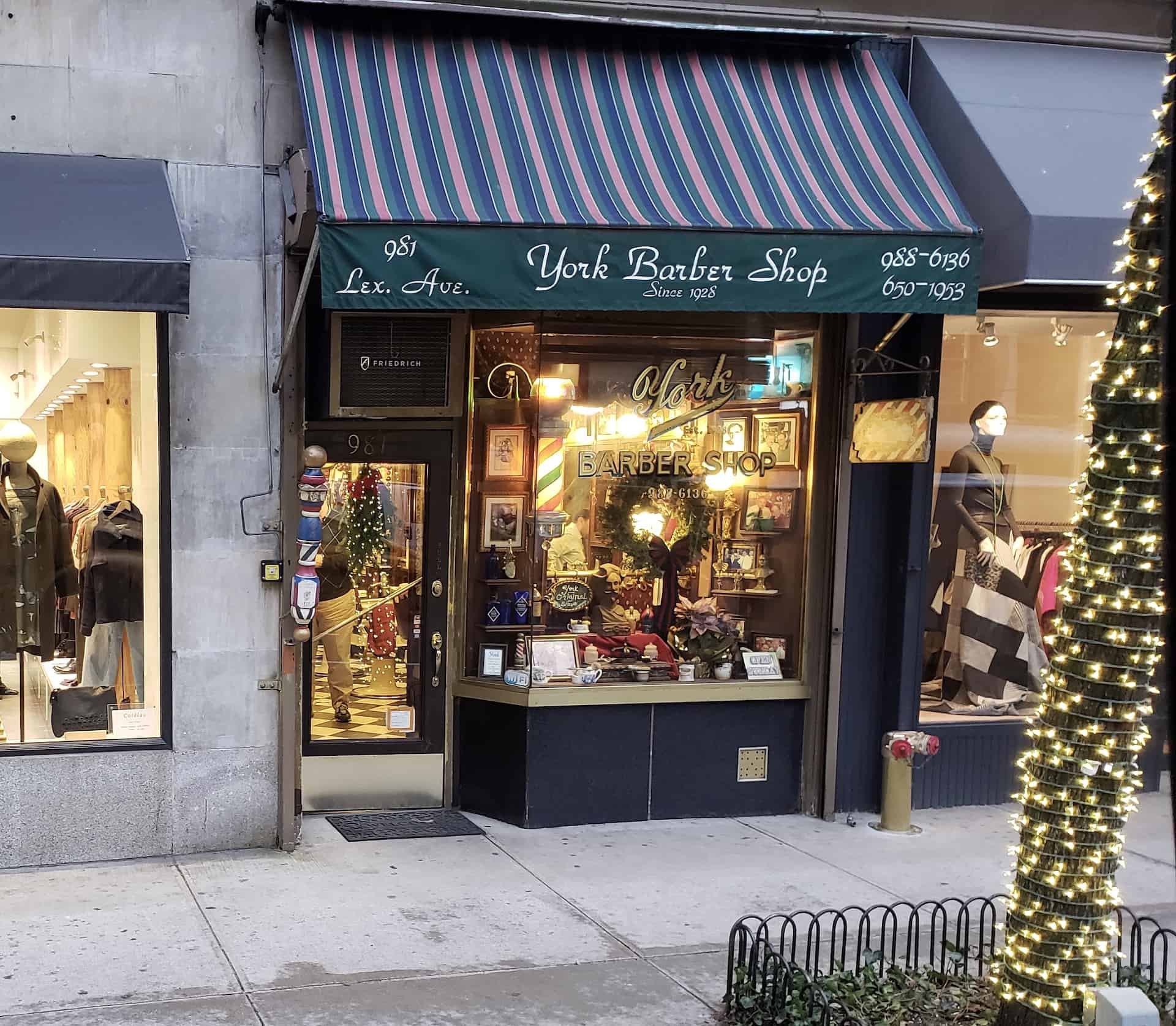This barbering industry plays a significant role in personal grooming and self-maintenance. Nonetheless, it is essential to prioritize the health and safety of both clients and barbers in this environment. Effective sanitation and protection standards are paramount for maintaining cleanliness protocols, avoiding incidents, and ensuring a favorable interaction for all parties engaged. By adhering to these guidelines, professionals can establish a safe environment that encourages confidence and ease among patrons.

One key aspect of health and safety in grooming is cleanliness. Barbers must adhere to strict cleaning protocols, including frequent cleaning of tools and workstations. This involves sanitizing scissors, clippers, and combs after every use to remove the possibility of transmitting germs or infections. Additionally, professionals should use sanitized gowns and towels for each individual to maintain a hygienic environment. Implementing these practices not only safeguards customers but also boosts the reputation of the barbering establishment.
Another critical requirement addresses the safe handling of chemicals used in hair treatments. Items such as coloring agents, chemical straighteners, and other styling agents can pose risks if not handled properly. Stylists must adhere to protective guidelines for the storage and application article of these chemicals to avoid skin irritations or allergic reactions among customers. Using protective gear and ensuring adequate ventilation during treatments are essential steps that barbers should implement to protect customer well-being while offering high-standard care.
Accident prevention is also a vital component of health and safety regulations in barbering. Salons should be arranged with precaution in mind, reducing dangers such as wet surfaces or disorganized areas. Team members should be educated in blog here response protocols, including how to handle cuts or burns that may occur during service. Providing first aid kits and ensuring that all staff members know their locations is an excellent way to prepare for unexpected incidents. By prioritizing safety measures, practitioners can maintain an atmosphere where patrons feel safe and well-attended.
Lastly, clear communication is key to ensuring client wellbeing in the barbering industry. Barbers should engage with patrons about their preferences and any possible concerns associated with the services provided. This involves reviewing allergies to products or previous adverse reactions experienced by clients. By encouraging honest communication, barbers can build trust with their clients while ensuring that they get customized attention aligned with their unique requirements. Ultimately, prioritizing health and safety standards will result in enhanced customer satisfaction and a thriving barbering business.